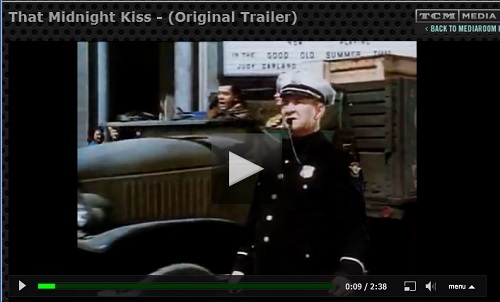Geometry and Theology
See
the science fiction writer mentioned in a Friday entry.
Mark Olson’s article is at the website of the New England Science Fiction Association, publisher of Ingathering: The Complete People Stories of Zenna Henderson. This book, by one of my favorite science-fiction authors, was apparently edited by the same Mark Olson.
The following remarks seem relevant to the recurring telepathy theme in Henderson:
From the first article cited above,
David L. Neuhouser,
Higher Dimensions in the Writings of C. S. Lewis (pdf):
“If we are three-dimensional cross-sections of four-dimensional reality, perhaps we are parts of the same body. In fact, we know we are parts of the same body in some way, this four-dimensional idea just may help us to see it more clearly. Remember the preceding comments are mine, not Lewis’s. He puts it this way, ‘That we can die “in” Adam and live “in” Christ seems to me to imply that man as he really is differs a good deal from man as our categories of thought and our three-dimensional imaginations represent him; that the separateness… which we discern between individuals, is balanced, in absolute reality, by some kind of inter-inanimation of which we have no conception at all. It may be that the acts and sufferings of great archetypal individuals such as Adam and Christ are ours, not by legal fiction, metaphor, or causality, but in some much deeper fashion. There is no question, of course, of individuals melting down into a kind of spiritual continuum such as Pantheistic systems believe in; that is excluded by the whole tenor of our faith.'”
From Webster’s Unabridged, 1913 edition:
inanimate, v. t.
[Pref. in- in (or intensively) + animate.]
To animate. [Obs.] — Donne.
inanimation, n.
Infusion of life or vigor;
animation; inspiration. [Obs.]
The inanimation of Christ
living and breathing within us.
— Bp. Hall.
Related words…
Also from the 1913 Webster’s:
circumincession, n.
[Pref. circum- + L. incedere, incessum, to walk.]
(Theol.) The reciprocal existence in each other
of the three persons of the Trinity.
From an online essay:
perichoresis, n.
“The term means mutual indwelling or, better, mutual interpenetration and refers to the understanding of both the Trinity and Christology. In the divine perichoresis, each person has ‘being in each other without coalescence’ (John of Damascus ca. 650). The roots of this doctrine are long and deep.”
— Bert Waggoner
coinherence, n.
“In our human experience of personhood, at any rate in a fallen world, there is in each person an inevitable element of exclusiveness, of opaqueness and impenetrability. But with the three divine persons it is not so. Each is entirely ‘open’ to the others, totally transparent and receptive. This transparency and receptivity is summed up in the Greek notion of perichoresis, which Gibbon once called ‘the deepest and darkest corner of the whole theological abyss.’ Rendered in Latin as circumincessio and in English usually as ‘coinherence,’ the Greek term means literally, cyclical movement, and so reciprocity, interchange, mutual indwelling. The prefix peri bears the sense ‘around,’ while choresis is linked with chora, ‘room,’ space,’ ‘place’ or ‘container,’ and with chorein, to ‘go,’ ‘advance,’ ‘make room for’ or ‘contain.’ Some also see a connection with choros, ‘dance,’ and so they take perichoresis to mean ’round dance.’ Applied to Christ, the term signifies that his two natures, the divine and the human, interpenetrate one another without separation and without confusion. Applied to the Trinity, it signifies that each person ‘contains’ the other two and ‘moves’ within them. In the words of St Gregory of Nyssa, ‘All that is the Father’s is seen in the Son, and all that is the Son’s belongs also the Father. For the whole Son abides in the Father, and he has in his turn the whole Father abiding in himself.’
By virtue of this perichoresis, Father, Son and Holy Spirit ‘coinhere‘ in one another, each dwelling in the other two through an unceasing movement of mutual love – the ’round dance’ of the Trinity.”
— Timothy Ware, Bishop Kallistos of Diokleia,
The Human Person as an Icon of the Trinity
